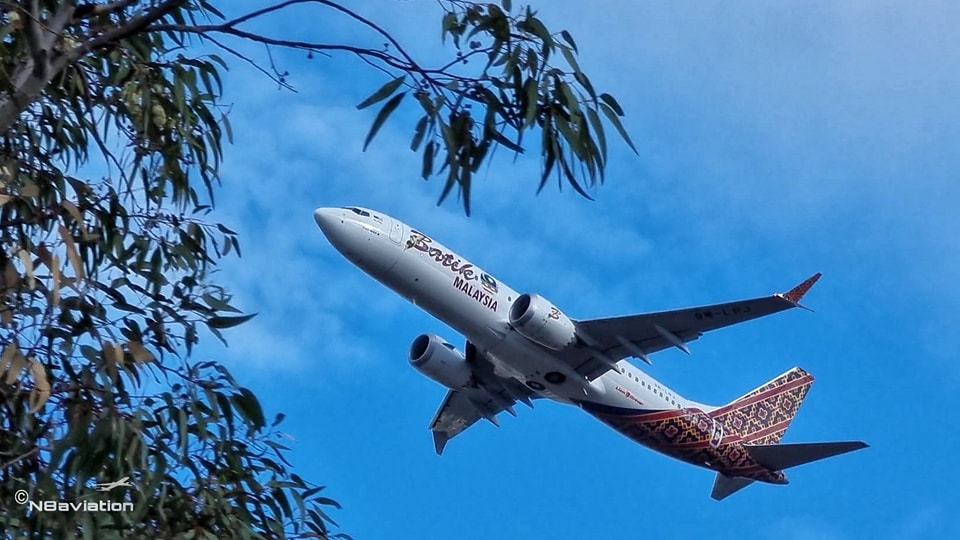by Rahim Said

The recent incident involving both pilots falling asleep during a Batik Air flight is a stark reminder of the critical need for better pilot fatigue monitoring mechanisms.
The preliminary report by Indonesia’s National Transportation Safety Committee (KNKT) highlights the potential dangers of inadequate rest, not just for the pilots themselves, but for the passengers and crew onboard.
Indonesia, with its vast archipelago, heavily relies on air transport to connect its thousands of islands. However, the country also has a poor air safety record, making it imperative to address issues such as pilot fatigue proactively.
According to the report, one of the pilots had not rested adequately before the flight, leading to both pilots falling asleep simultaneously for approximately 28 minutes. This lapse resulted in navigation errors but thankfully did not lead to any harm to the 153 passengers and four flight attendants onboard.
The incident underscores the importance of implementing and strictly adhering to proper rest and fatigue management protocols for flight crews. It is not enough to rely on individual responsibility; airlines must take proactive measures to ensure that pilots and cabin crew are well-rested before their flights.
KNKT has rightly urged Batik Air to create detailed procedures for conducting proper and regular cockpit checks and ensuring that flight crews are well-rested.
This incident should serve as a wake-up call for the aviation industry as a whole to prioritise the well-being of its personnel to ensure safer skies for all.
My wife and I often fly Batik Air to Bali from Kuala Lumpur. In fact when the news of the sleepy pilots broke out we just arrived in Bali for a week’s holiday.
As passengers, we entrust our lives to the pilots and crew every time we board a plane. It is imperative that airlines and regulatory bodies take all necessary steps to prevent incidents like this from happening again.
Flight safety should always be the top priority, and addressing pilot fatigue is a crucial step in ensuring that safety is upheld.
In conclusion, while this incident had a fortunate outcome, it serves as a stark reminder of the potential dangers of pilot fatigue.
Airlines and regulatory bodies must work together to implement and enforce stringent fatigue management protocols to ensure the safety of all passengers and crew.
Dr. Rahim Said is a human behaviourist and regular contributor on digital media platforms. He is a professional management consultant, a corporate trainer and an executive coach specialising in coaching of senior executives and individual entrepreneurs with the purpose of modifying their behaviour in the pursuit of their cherished missions. (The views expressed by our columnist are entirely his own)
WE